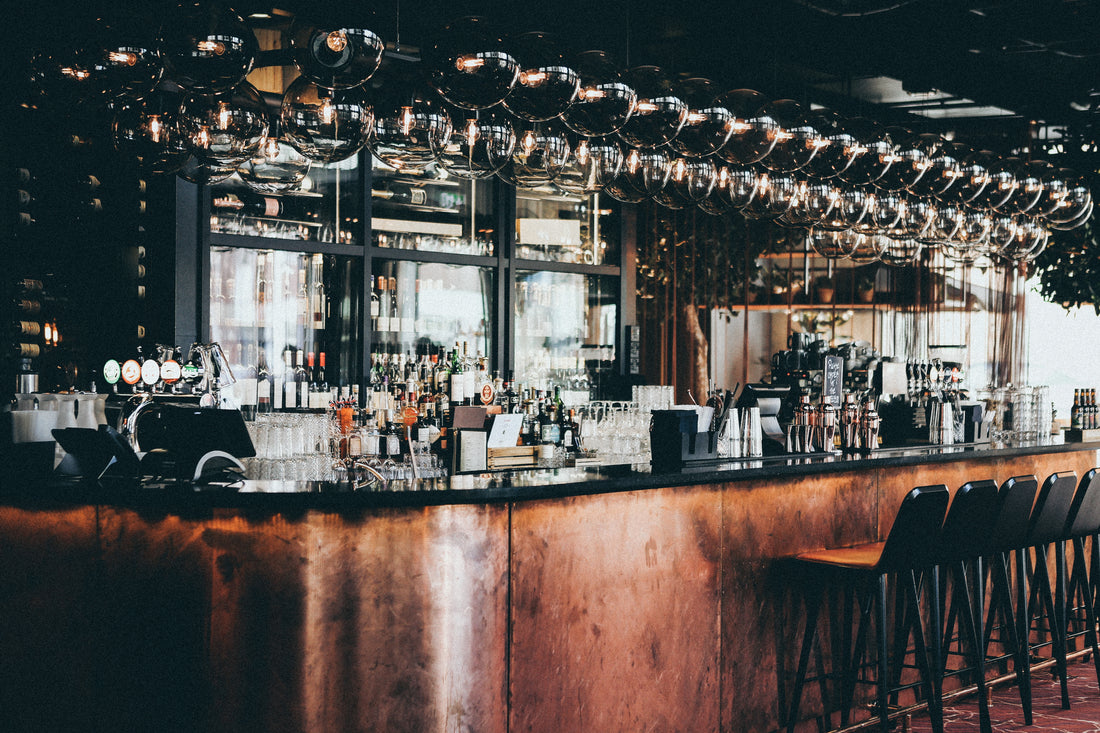
The History of Bartending: From Prohibition to Present Day
On this fascinating journey of bartending, let’s step back and learn the history of how it used to during the early times, prohibition and how it evolves today. From the clandestine days the past to the vibrant cocktail culture of the present, these humble beginnings have played an integral role in shaping the world of bartending and mixology.
As we dive into the past, let’s uncover the evolution of alcohol drinking and how they have revolutionized the art of crafting the perfect cocktail. So grab your cocktail shaker and prepare to be captivated as we travel back in time.

History Timelines
Early days
In the 15th century, Bartenders were known as “innkeepers,” and they usually produced their own alcohol or drink base. The practice of bartending can be traced back to the Greek and Roman eras when they relied on expert craftsmen to pour their favorite drinks.
In the 1860s Bartending profession was seen as a low-class profession. But when Jerry Thomas, known as “The Father of Mixology,” published his book “The Bon Vivant’s Companion" in 1862 and incorporated some entertainment in his daily routine as a barkeep, Bartending became one of the most popular professions since then. He then became the most sought-after bartender by the most prestigious hotels across the US.
During the 1920s, half of the Bartenders were women and were called “barmaids,” where half of the bartenders' population were women.

Prohibition Era
In 1920, a constitution was amended by the US government to forbid the selling, production, and importation of any beverage with more than one-half percent of alcohol in it. This amendment was created due to the excessive drinking habits of Americans in a day.
Faux gin and whiskey were the main sources of alcohol fix of many. The kind that’s used for making ink, perfumes, and camp stove. Poor quality alcohol led to the illegal production of alcohol. Later on, a still called “Moonshine” was produced and became the next most common source of alcohol. It was named moonshine because of the way it was cooked and produced, since most of the alcohol was created during the night or under the moonlight.
This age was also the rise of the Mafia Lords who took advantage of the illegal alcohol trade across the states, cities and country. They became too successful that they lived like kings with empires across the country and international lines. The era was finally concluded in the year 1933.

Speakeasy
The word came from the Britain term “speak softly shop,” which means that the store is selling some illicit beverages. The term then spread to the United States and became “speakeasy,” which was the name most commonly used for a bar or saloon that sells unauthorized liquor.
These drinking establishments were mostly hidden and disguised as barber shops or hidden behind huge machinery. Inside is a totally different world. Bars began incorporating other ingredients to mimic different types of liquors and even added flavors and sweeteners to the mix to make it more palatable. Hence cocktails during the prohibition were born.

Modern Bartending
The remains of the prohibition and speakeasy era didn’t leave and are still with us to this day. During prohibition, bartenders had to be creative in order to mask the alcohol’s nasty taste, which then led to the creation of new cocktails.
After the prohibition, the rise of the cocktail industry became more prevalent. With alcohol being legalized again, bars and saloons reopen, and the cocktail culture yet again thrives.
In the 1950s, the rise of the Tiki culture took place when paper parasols and colorful tropical decorations were introduced as the bar’s theme and drink. The Polynesian-inspired bars became popular among people who sought relaxation and wanted to experience a tropical drinking experience.

During the 1970s and 1980s, drinking establishments served more refined and high-quality drinks, and the ambiance became more formal, sophisticated, and chill. Cocktails were being consumed over lunch and were garnished with colorful and playful decorations too.
Today, bartenders are more inclined toward craftsmanship when it comes to shaking up cocktails. They focus on using fresh ingredients, high-quality spirits, and using of traditional methods of preparing drinks.
The craft cocktail culture led to the creation of the “mixology” trend, where bartenders are also regarded as “mixologists,” hence the rise of the term. Mixologists are craftsmen who constantly search for unique flavors and focus more on the techniques, taste, quality, and appearance of the drink.

Speakeasy-themed bars also emerged, mimicking the way it was during the prohibition era. Another trend was the rise of non-alcoholic drinks or “mocktails,” which led to creation of a healthier and sober-friendly drinking experience.
The history of bartending is not just a story of alcohol and cocktails but also a reflection of how the society changes. It showcases how the cocktail culture has played an important role of our social fabric, where pubs and clubs have become a place to unwind, celebrate, and connect with people.

Today, we witness a resurgence of cocktail craftmanship, where bartenders explore and get creative with flavors, techniques, and presentations to create unique and memorable drinking experiences.
